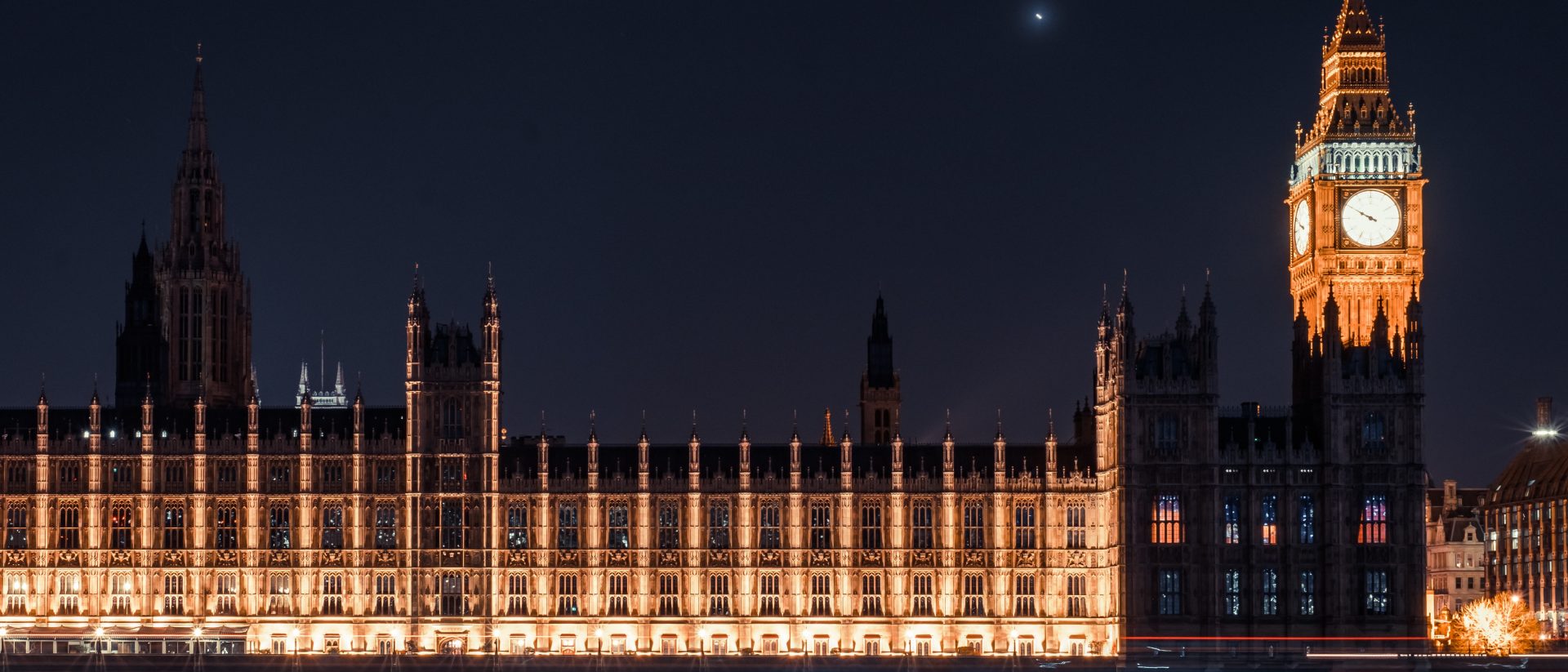- REA have called on the Government to produce a clear and co-ordinated policy framework for heat decarbonisation;
- The Heat and Buildings Strategy, which the REA says must be published without further delay to address a heat decarbonisation policy vacuum, has to have a multi-technology approach;
- REA’s ‘Strategy for Net Zero’ set the ambition for renewable and low carbon heat to be the dominant form of heat by 2035, with the UK’s heat demand to be entirely met by renewable energy and clean technology solutions by 2050.
The Association for Renewable Energy and Clean Technology (REA) have called for a ‘clear and co-ordinated policy framework for heat decarbonisation’ to fill the ‘vacuum’ left after the closure of the Non-Domestic RHI (NDRHI).
Urging the publication of the Heat and Buildings Strategy within a month, the REA have said that the Government must clearly set out how they will address the large policy gap for industrial and commercial heat decarbonisation that has been left after the closure of the ND RHI in March. The Strategy was set for publication last year, but has now been delayed for more than six months.
The REA have also demanded that the Heat and Buildings Strategy has a multi-technology approach, with biomethane, clean hydrogen, biomass, heat pumps, deep geothermal and other low carbon heat technologies all forming a key pillar of the REA’s ‘Strategy for Net Zero’, published earlier this year.
In particular, the REA wants the Government to recognise the role that deep geothermal can play to help decarbonise heat in the UK by providing targeted support for the sector after the closure of the ND RHI. Clear and ambitious plans to UK gas supplies through supporting deployment of green gases such as biomethane and clean hydrogen are also essential.
Dr Nina Skorupska CBE, Chief Executive of the Association for Renewable Energy and Clean Technology (REA), said:
“The upcoming Heat and Buildings Strategy must represent a watershed moment for UK heat decarbonisation by providing an urgently needed clear and co-ordinated policy framework. The sector cannot wait any longer – the Government must publish the Strategy within a month and address the large policy vacuum for industrial and commercial heat decarbonisation that has been left after the closure of the Non-Domestic RHI.
“There needs to be a multi-technology approach with a recognition that there is no one size fits all solution. Biomethane, clean hydrogen, biomass, heat pumps and deep geothermal all need their own dedicated focus and there must be measures that will narrow the price differential between low carbon systems and fossil fuels.
“The REA’s ‘Strategy for Net Zero’ set the ambition for renewable and low carbon heat to be dominant form of heat by 2035, with the UK’s heat demand to be entirely met by renewables by 2050. These targets are non-negotiable if the UK is to meet net zero and early action now is absolutely critical.”
Separately, the REA have broadly welcomed the Green Heat Network Fund (GHNF) Transition Scheme. The REA had urged the Government to adopt a principle-based approach, so all renewable heat technologies are eligible. Additional criteria’s around specific technologies – like sustainable requirements on biomass – have also been included.
—ENDS—
For more information or to request an interview, please contact:
Jack Abbott, PR and Communications Manager,
07862 038370/ [email protected]
Notes to editors
Further policy requirements include:
- Electrification will be of strategic importance to decarbonise heat in most situations, but it will not be the only solution given the heterogeneity of dwellings, the infrastructure they rely upon and the diverse needs and behaviours of property owners and users.
- The Strategy must recognise the role bioenergy can play in ‘hard to treat’ markets, where in some case it represents the only practicable and cost-effective solution.
- A national framework is also needed to be coupled with a local decision making process to enable the right solutions at the community/local level.
- Policy measures must be adopted to narrow the price differential between low-carbon systems and fossil fuels if we want an incentive for both, domestic and non-domestic sectors, to switch to low-carbon heating. Measures the REA suggested included the rebalancing of costs between electricity and gas bills to reduce the running costs of heat pumps/electrification, or moving the costs of green levies to general taxation.
- Carbon taxation on fossil fuels used for heat and/or an increased fuel duty, though Government needs to signal that carbon taxes will increase steadily over time to give time to industry to adjust with gradual increases in VAT on fossil gases and a decrease of VAT on renewable heat.
About the Association for Renewable Energy and Clean Technology (REA):
The Association for Renewable Energy and Clean Technology (known as the REA) is the UK’s largest trade association for renewable energy and clean technologies with around 550 members operating across heat, transport, power and the Circular Economy. The REA is a not-for-profit organisation representing fourteen sectors, ranging from biogas and renewable fuels to solar and electric vehicle charging. Membership ranges from major multinationals to sole traders.
For more information, visit: www.r-e-a.net

